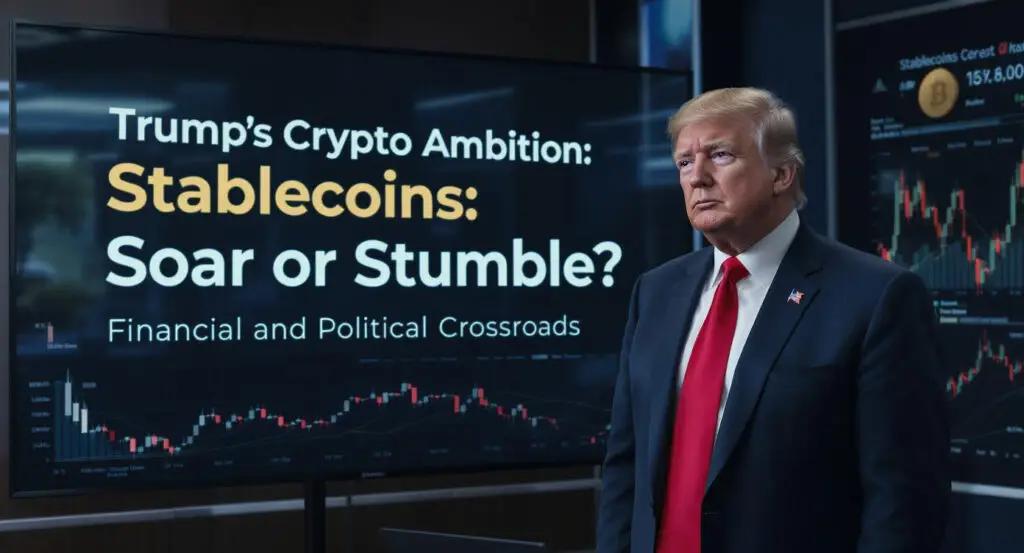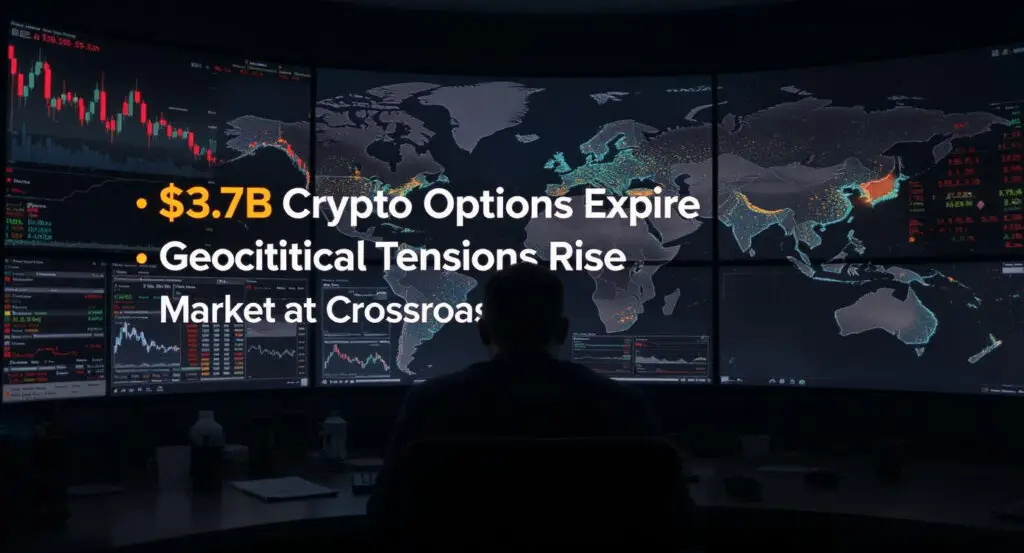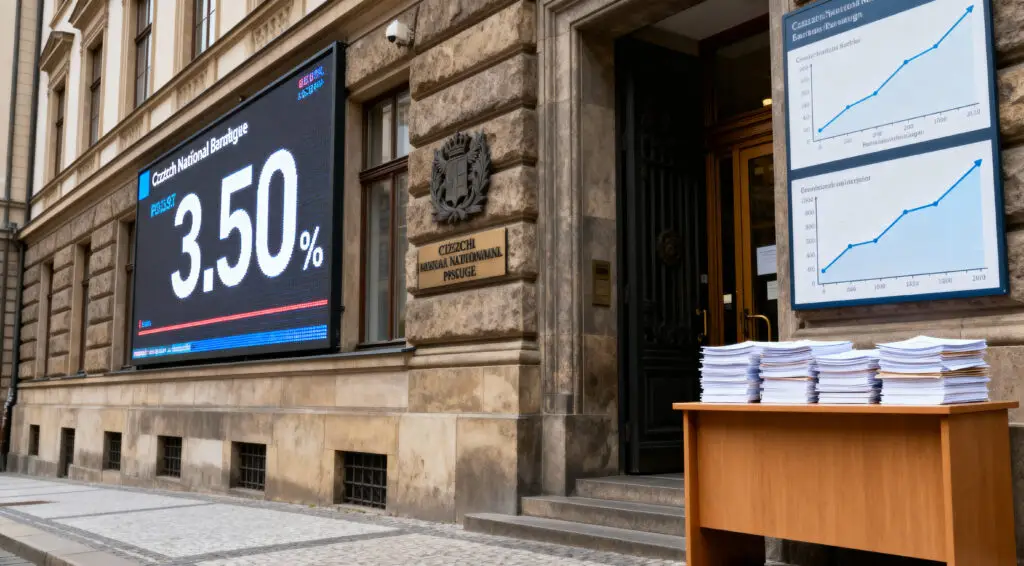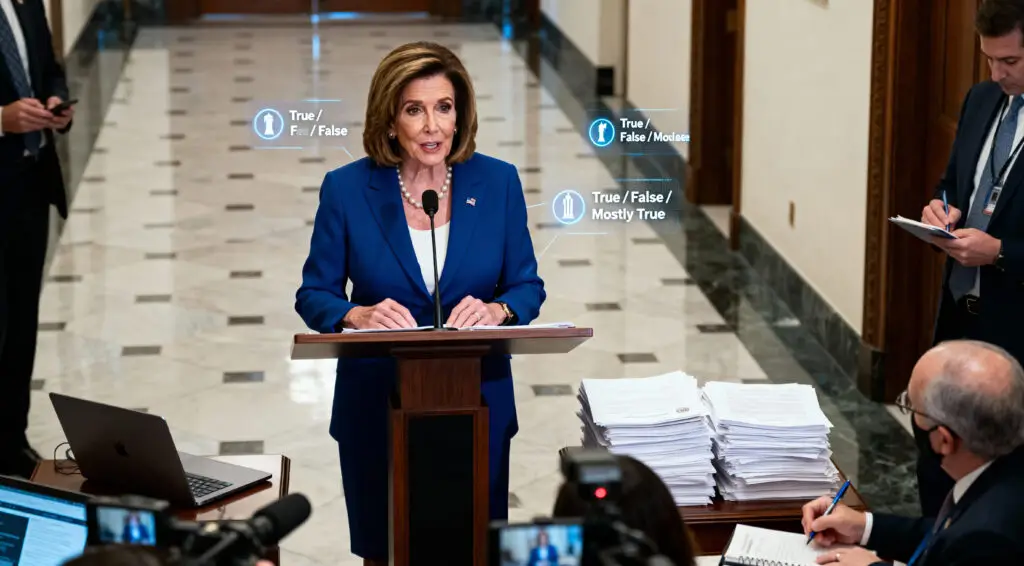The $230 billion stablecoin industry finds itself at a pivotal moment. With the Trump administration advocating for the US to become the ‘crypto capital of the planet’ and pushing for widespread stablecoin adoption, regulatory clarity appears to be on the horizon. However, a critical question emerges: will this political momentum truly elevate stablecoins as a transformative financial infrastructure, or will it merely solidify their role as speculative instruments for traders? The answer hinges on the nature of the upcoming legislation and the industry’s willingness to evolve beyond its current limitations.
The Paradox of Modern Stablecoins
Stablecoins were initially envisioned as the crucial link between traditional finance (TradFi) and the burgeoning world of crypto, designed to offer frictionless, programmable digital dollars capable of swift global transfer. Yet, their practical application has largely been confined to intra-crypto trading, primarily serving arbitrage, speculation, and navigating exchange inefficiencies. This presents a paradox: despite their original intent, current stablecoin models often mimic the very structural fragilities of the financial systems they aimed to disrupt, rather than providing a true alternative.
Echoes of Financial Fragilit
High-profile failures, most notably the algorithmic collapse of TerraUSD and de-pegging events experienced by prominent stablecoins like USDC and Tether, have exposed significant vulnerabilities. These incidents, coupled with ongoing concerns about opaque reserves, highlight that many stablecoins do not eliminate risk but merely rebrand it. While some fiat-backed models boast the security of treasuries or bank deposits, they introduce counterparty risk, which is simply repackaged under the guise of innovation, rather than being fundamentally removed from the system.
Political Will Meets Industry Lobbying
The Trump administration’s ambition to push through a stablecoin bill by August 2025 could indeed provide much-needed legal certainty to the burgeoning industry. However, there are valid concerns that if legislation is primarily shaped by intense industry lobbying and political self-interest, particularly given reports of a Trump-linked stablecoin venture, it risks perpetuating a cycle of light-touch regulation. This scenario could enable insider enrichment and potentially pave the way for regulatory arbitrage, where rules are crafted to favor a select few powerful players, leaving smaller or more ethically driven projects at a disadvantage.
Learning From Past Disasters
The Terra disaster stands as a stark reminder that without robust safeguards, stablecoins can indeed be “ticking time bombs.” This catastrophic event, which wiped out an estimated $45 billion in market capitalization in May 2022, demonstrated the devastating consequences of inadequately collateralized or poorly designed stablecoin mechanisms. Any new regulatory framework must learn from such failures, ensuring that robust protections are in place to prevent similar widespread financial destruction and to rebuild public trust in the stability of digital assets.
The Myth of “Banking the Unbanked”
A recurring talking point in crypto circles champions stablecoins as a tool to “bank the unbanked.” Yet, current realities often contradict this aspiration. Access to stablecoins frequently necessitates existing relationships with crypto exchanges, fiat on-ramps, and a level of digital literacy that remains largely beyond the reach of underserved populations. In practice, these digital dollars predominantly serve the “overbanked” – a demographic comprising traders, institutions, and high-net-worth individuals, often referred to as “whales.” True financial inclusion demands more than just dollar-pegged tokens; it requires foundational infrastructure, such as AI-powered wallets that can automate complex financial processes like hedging, truly empowering those currently outside the traditional banking system.
Incentivizing Real Innovation
With a notable absence of clear, real-time reserve requirements and transparent public audits, coupled with an unclear path to adoption for those who could benefit most, a fundamental question arises: should the United States continue to prop up legacy stablecoin models, or should it actively incentivize those that genuinely power the next generation of the economy? The future of stablecoins, according to some experts, lies in intelligent, AI-backed, transparent digital assets that are explicitly tied to real productive assets. This could include backing by AI compute power, tokenized research and development, or robust DeFi lending markets, moving beyond simple fiat pegging.
Demanding Transparency and Resilience
To truly achieve this transformative potential, policymakers must move beyond mere promises and mandate real-time, on-chain proof of reserves (PoRs), as opposed to relying on often self-reported and infrequent audits. Furthermore, regulatory frameworks should actively reward stablecoins that facilitate tangible real-world use cases, such as payments, AI services, and decentralized finance (DeFi), over those primarily driven by pure speculation. Promoting overcollateralized models that effectively eliminate single points of failure will also be crucial for building a more resilient and trustworthy stablecoin ecosystem.
A Test of Industry Maturity
The Trump administration’s intensified push for cryptocurrency adoption is not inherently good or bad; rather, it represents a significant test for the entire industry. It challenges whether the crypto space can mature beyond its historical focus on short-term profiteering and speculation. Stablecoins will not revolutionize global finance simply by mimicking existing fiat currencies. Their true revolutionary potential lies in their ability to create fundamentally new forms of value and enable innovative financial paradigms. The crucial analysis should therefore shift from merely asking if Trump’s policies will give stablecoins a short-term boost, to critically evaluating whether both builders and regulators are prepared to demand and construct a system that is genuinely transparent, inherently resilient, and truly innovative for the long haul.























